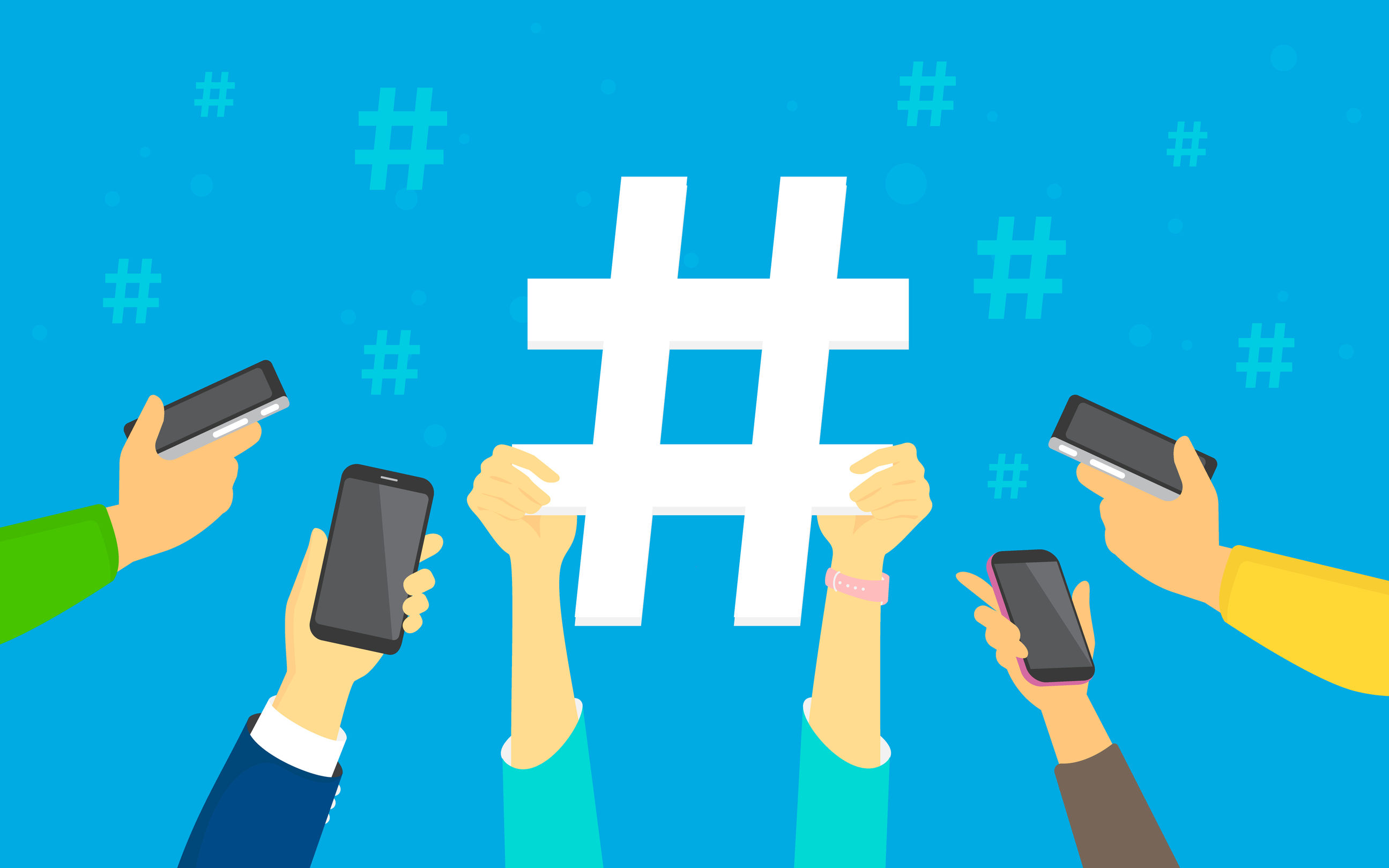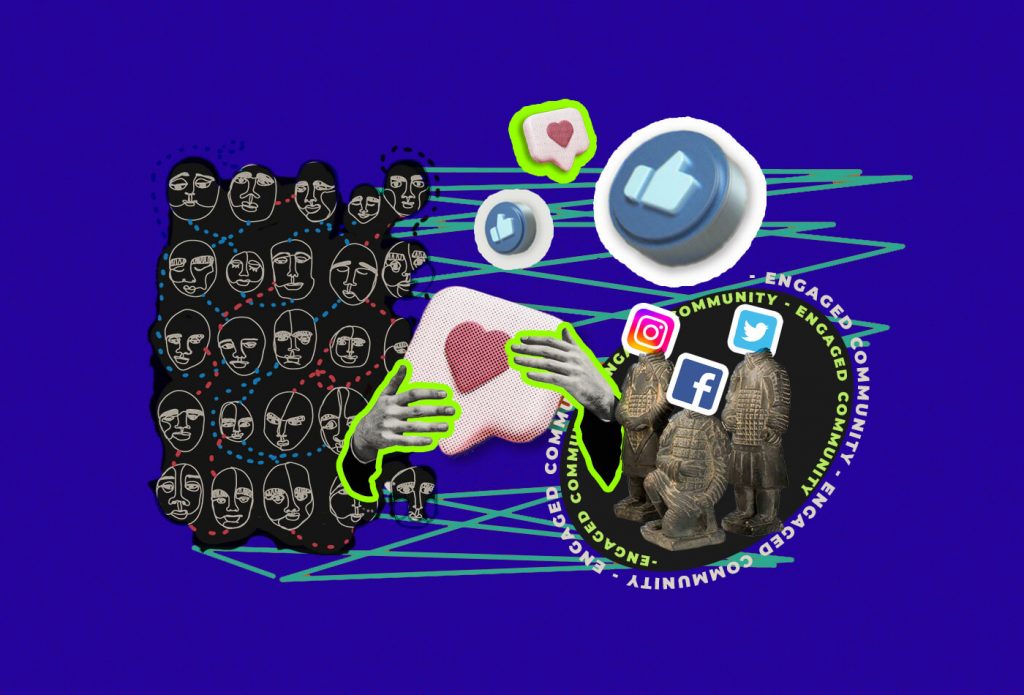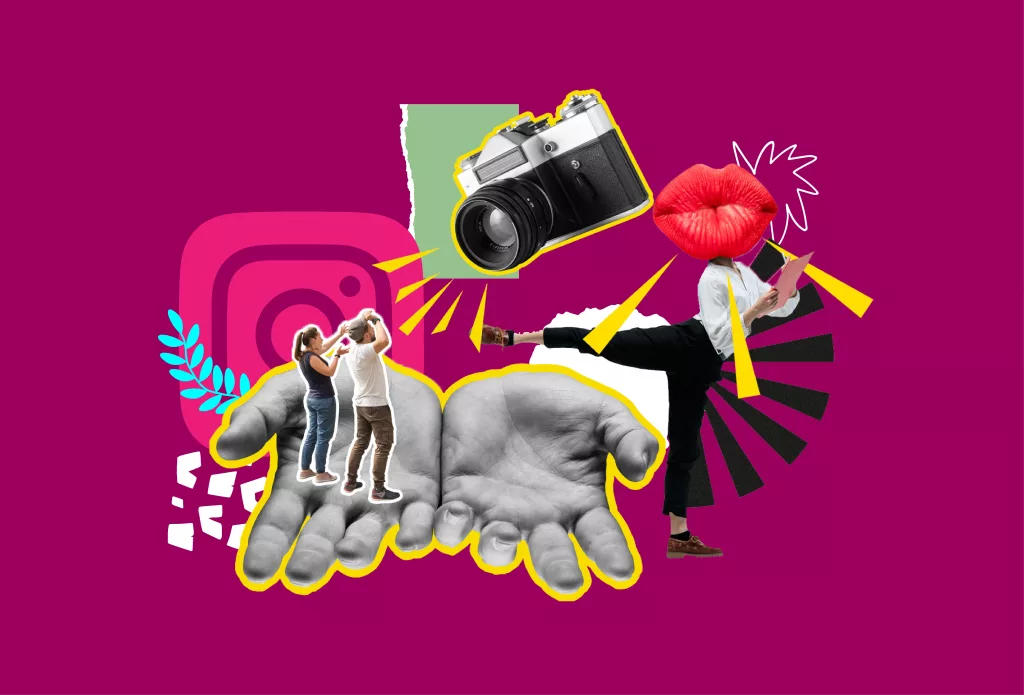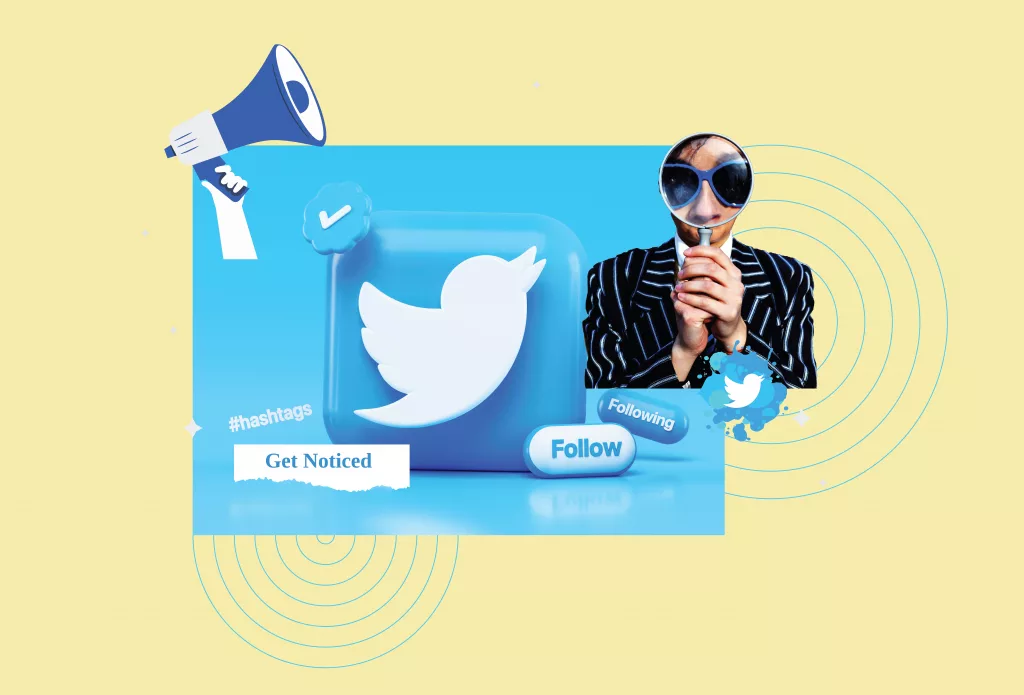You’ve always seen the omnipresent # (hashtag) sign before the messages on social media, but do you actually know what this icon does — or might do for you? In fact, at times you’re afraid to lift your arm in front of mates, peers or conference guests, here’s a short hashtag preview.

Source: Computer Coach Australia
What is a Hashtag?
Users will easily become bogged down by knowledge exposure in today’s world of social networking. Using hashtags makes it easier to concentrate more on the details we really want to break through the media clutter. Generally Hashtags are found on social networking platforms including Twitter, Instagram , Facebook, Google+ and Pinterest.

Source: Beautiful Smoothies
A hashtag is a mark that is used on social networking platforms, making it easy to identify messages or facts of a pattern or unique content. It is generated by adding the symbol “#” before a word or words without spaces.
- A hashtag is a symbol that is used on social networking platforms, making it easy to locate details about a trend or particular material.
- Hashtags inspire social network users to discover eye-catching content.
- Associations may utilize hashtags to meet their target group to process knowledge for participants.
Reasons to Use a Hashtag
- Hashtags ease the process – Browsing a hashtag uses the hashtag to bring out data for any message. Using a hashtag lets you meet your target demographic, which also allows discovering the knowledge simpler for others.
- They require an action – when a consumer sees a posting of interest, they are likely to spend time searching at the hashtag-generated content.
- Hashtags progress – More and more outlets are utilizing Hashtags, affecting the volume of knowledge held immediately in front of social network users.
- They honor the distinctive – Hashtags make it easy for social media users to locate information. A special hashtag separates the post from those who deem the hashtag useful.
What makes a Good Hashtag?
A hashtag associated with the company can help you meet your target demographic and interact with the business. You may use Hashtags to describe the goods, services or correspondence.
Hashtags may be very descriptive or abstract. The best approach is to play with the social network use and to remain reliable. The more you use a particular hashtag, the higher the likelihood you have of growing a following. If a certain hashtag doesn’t fit (i.e., it doesn’t catch on and the clients aren’t responsive to it), adjust it. Still, be careful and provide time for the hashtag to catch on. Do not move the hashtag every week. Consistency is essential.
Do not overuse hashtags while making a Social Networking message. Postings should be succinct, and the usage of so many hashtags will make the post look cumbersome and incompetent. It suffices to have one to three hashtags per message.
Important: Don’t fail to look at your analytics. Knowing if the social networking strategy is succeeding – or damaging – is important. You don’t want to keep selecting a hashtag that nobody supports.
How do I identify industry Hashtags?
Start with a Twitter quest. Check reactions to tweets from the company and profiles from other leading business groups to see what hashtags they use. You should also scan at words general to the industry. Using Topsy (topsy.com/analytics), matching hashtags. This blog brings you up-to – date about what’s going about and what’s going on.
What’s the most important thing about Hashtags?
It’s that they are user friendly! Notes, as well as helping the audience locate articles about particular topics, hashtags help you meet more people who are involved in what your topics are about. Compose hashtags that suit the company using standard words relevant to the sector. Hashtags are the easiest way to filter the infinite amount of material that is shared on social media so you just see what you believe is important.
The three kinds of Hashtags-
-
CONTENT HASHTAGS
Content-based hashtags are those referring to the goods or services you are providing. They refer to the content you create for your audience, or, in certain instances, they refer only to the types of topics that concern your audience. Content hashtags help you maintain a focus on the material you create for your fans, and also give you the ability to attract new supporters and future buyers.
The greatest errors new users appear to create of advertising hashtags include introducing too many hashtags, or using only broad hashtags. For eg, if you have a business that markets fresh organic juices then hashtags like # healthy or # juice won’t get you too far. Instead, strive for more detail, and go with anything like # LiquidOrganic or # ToastYourHealth.
It may be useful to glance at rivals and see what sorts of hashtags they use and identify the proper content hashtags. You don’t actually have to choose the same products, so checking out already popular labels on Twitter will offer you a decent understanding about how to get started.
-
TRENDING HASHTAGS
Trending hashtags are a genuinely valuable method for improving brand awareness, since these are the hashtags that represent what people are actually talking about. They are therefore also the group of hashtags with the highest capacity for a dramatic and extremely noticeable collapse. As marketers use common hashtags since it is feasible for the company to sound opportunistic and conceited.
Pepsi was famous because he made a mistake in judgment in an online commercial, just not for the correct purposes. The photo below displays the hashtag exchanges around Pepsi.
It’s crucial to note that your exposure to a hot subject can bring meaning to the dialogue people have in order to achieve effectiveness. You can’t just advertise the brand and put a fashionable hashtag on the Tweet or post — when you’re using fashionable hashtags the material should be specifically linked to the subject at hand and give a new, informative or amusing discussion experience.
The safest strategy when it comes to popular hashtags is to overlook that you’re selling a company because you’re interacting about honesty. Trending hashtags represent what’s going right now, and usually show the news and occurrences of the day.
-
BRAND FOCUSED HASHTAGS
Brand-focused hashtags are the ones that directly apply to you or your brand. They are a way to help separate the company from all the rest, support the company and initiate marketing strategies. It’s important to use hashtags in this manner, and although content hashtags concentrate on the material you make, they don’t directly show the label.
It is most relevant to use hashtags by using brand-focused hashtags that are not already in use by any other user, company or corporation. It must be special, by default, which can apply to your company, or advertised commodity.
One of the most popular uses was the # ShareACoke movement by The Coca Cola Brand, which was created to coincide with the introduction of a new project allowing citizens to personalize coke bottles. The # ShareACoke initiative was a major revenue force and often inspired users to build and tweet their own content using customized coke bottles. Few organizations have the money to execute such a complex initiative, however, by deliberately picking and utilizing hashtags small marketers may still build their own moment.
ARE HASHTAGS EFFECTIVE?
Oo! Using hashtags places important knowledge at your feet, helping you to waste less time on knowledge hunting. Spend only a few minutes studying common hashtags, to figure out what fits for you. Here are instances of when it would be beneficial to use a hashtag:
- DIGITAL PUBLICATION ANNOUNCEMENTS-
- MEDIA KITS AND SPECIAL OFFERS
- TRADE SHOW/ EVENT INFORMATION AND IMAGES
- RETWEET, FAVOURITE AND REPLY TO YOUR ORGANIZATION
- TRENDING INDUSTRY ARTICLES, TOPICS, OR EVENTS
- ASK QUESTIONS
- CONGRATULATORY/CELEBRATORY POSTS

Source: AOBA Twitter
Phew! That is all you need to know about hashtags and their influence. We have included a plethora of examples for you to explore and learn from. For more help on generating the right hashtag and let us know your success stories! #AllTheBest.




